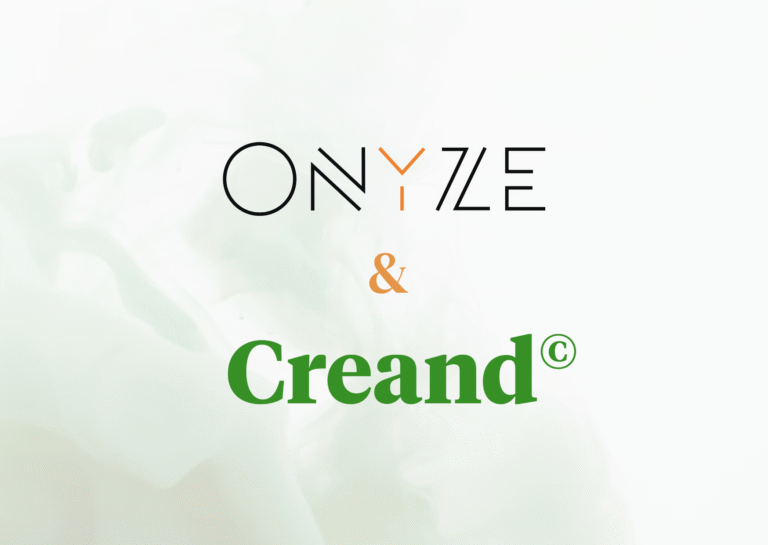Decentralized Finance (DeFi) represents a paradigm shift in the financial sector, harnessing the power of permissionless DLTs to democratize finance beyond traditional bounds.
This article takes a deep dive into the components, functionalities, and transformative potential of DeFi, guided by insights from a decentralized and immutable digital ledger that records transactions across a network and smart contract technologies.
DeFi core components and features
- Permissionless DLT: At the heart of DeFi is a decentralized and immutable digital ledger. These technologies foster a permissionless, transparent environment where transactions are openly verifiable, increasing trust and reducing the risk of fraud.
- Smart Contracts: Smart contracts automate transactions and digitally enforce agreements. By eliminating intermediaries, these self-executing contracts reduce transaction costs and potential bias, ensuring a transparent, fair trading environment.
- Decentralized Applications (dApps): DeFi is primarily implemented through dApps that interact with blockchains to provide services such as lending, borrowing, and trading. These apps enable global access to financial services without requiring users to submit personal data to a central authority, preserving privacy and control.
Types of DeFi platforms and innovations
- Lending and borrowing: DeFi platforms revitalize traditional lending by using smart contracts that autonomously handle interest rates and collateral without a central authority, promoting a fair and efficient lending environment.
- Decentralized Exchanges (DEXs): DEXs enable direct peer-to-peer trading without a central intermediary. By leveraging smart contracts, these platforms maintain transparency and security, in line with the fundamental principles of cryptocurrency – decentralization.
- Stablecoins and synthetic assets: DeFi uses stablecoins to mitigate volatility and provide a stable transaction medium. Synthetic assets extend this by allowing exposure to a range of assets and maintaining price stability through smart contracts.
- Yield farming and liquidity mining: These practices incentivize and reward the provision of liquidity to DeFi ecosystems. Such mechanisms encourage participation and enhance liquidity, which is critical to the resilience and efficiency of the system.
- Decentralized identity platforms: Decentralized identity platforms give users control over their personal data and digital identity. The platforms use blockchain technology to store data in a secure and decentralized manner, ensuring that users have full control over their information.
- Oracles and prediction markets: To further enhance the use of smart contracts, so-called oracles are used. Oracles are third-party services that provide external data to smart contracts and allow smart contracts to receive external data from outside their domain.
- Marketplaces: Decentralized marketplaces allow users to transact directly with each other without intermediaries. These marketplaces offer a more trustworthy and transparent way to exchange goods and services compared to traditional marketplaces, and their popularity is expected to grow as blockchain and permissionless ledger technologies advances.
- Decentralized Autonomous Organizations (DAOs): These are self-governing organizations that operate according to clear, pre-set rules, eliminating the need for central authorities and improving transparency in operations.
Risks and regulatory challenges
Despite its benefits, DeFi is not without its challenges. Vulnerabilities in smart contracts and the nascent nature of many platforms can pose significant risks, including security threats and serious liquidity issues. In addition, the lack of a regulatory framework can expose users to fraud and other financial crimes, underscoring the importance of cautious engagement with DeFi platforms.
- Smart contract vulnerabilities: Bugs in smart contract code can lead to significant financial losses.
- Liquidity issues: Many DeFi platforms struggle with liquidity, leading to high price volatility and potential losses for users.
- Impermanent loss: This occurs when the prices of the two contributed crypto assets diverge significantly, leading to an imbalance in their value relative to each other. This can result in a financial loss compared to simply holding the assets, despite earning trading fees from the liquidity pool.
- Regulatory uncertainty: The lack of clear regulations can expose users to unforeseen legal risks.
- No consumer protection: DeFi operates without the strict regulations that govern traditional finance, which means that while it has grown rapidly, it lacks consumer protections. Unlike banks, which are required by law to maintain reserves for user security, DeFi offers no such assurances, leaving users with limited options if transactions fail.
Conclusion
Using permissionless DLTs, DeFi offers a compelling alternative to traditional finance by promoting decentralization, transparency, and user empowerment.
This system allows individuals around the world to interact financially with others-to lend money, invest, or pay for services-directly, without the intermediary role traditionally played by banks.

However, as with any innovative technology, DeFi comes with its own set of challenges that require careful navigation to effectively balance innovation and risk management. By adhering to these principles, DeFi aims not only to challenge traditional financial infrastructures, but also to foster a more equitable economic system for the future, thereby democratizing finance on a global scale.
Human creativity knows no bounds, and it is this endless reservoir of imagination that fuels our confidence in the continued evolution and expansion of Decentralized Finance. As we venture further into this innovative financial landscape, we are certain that DeFi will continue to not only enhance existing applications, but also pioneer new ones.
Each new development is a testament to human ingenuity, driving a financial revolution that promises to democratize access to financial services and empower individuals around the world.
Want to learn more about blockchain technology? Don’t miss these resources!
- Ethereum and its evolution towards Ethereum 2.0
- The ultimate guide to the Bitcoin blockchain: Understanding its workings and potential
- Harnessing the power of blockchain technology in businesses
At Block&Capital, experts in IT recruitment in Spain, the UK, the USA, and Andorra, we connect companies with exceptional tech talent. Our mission is to create opportunities where growth and success are within everyone’s reach. Contact us today to find the right IT talent for your company.
Last posts





